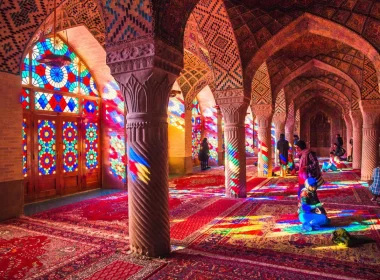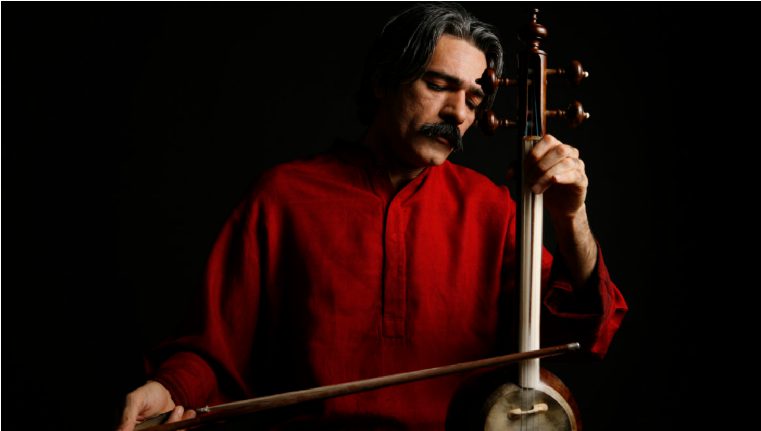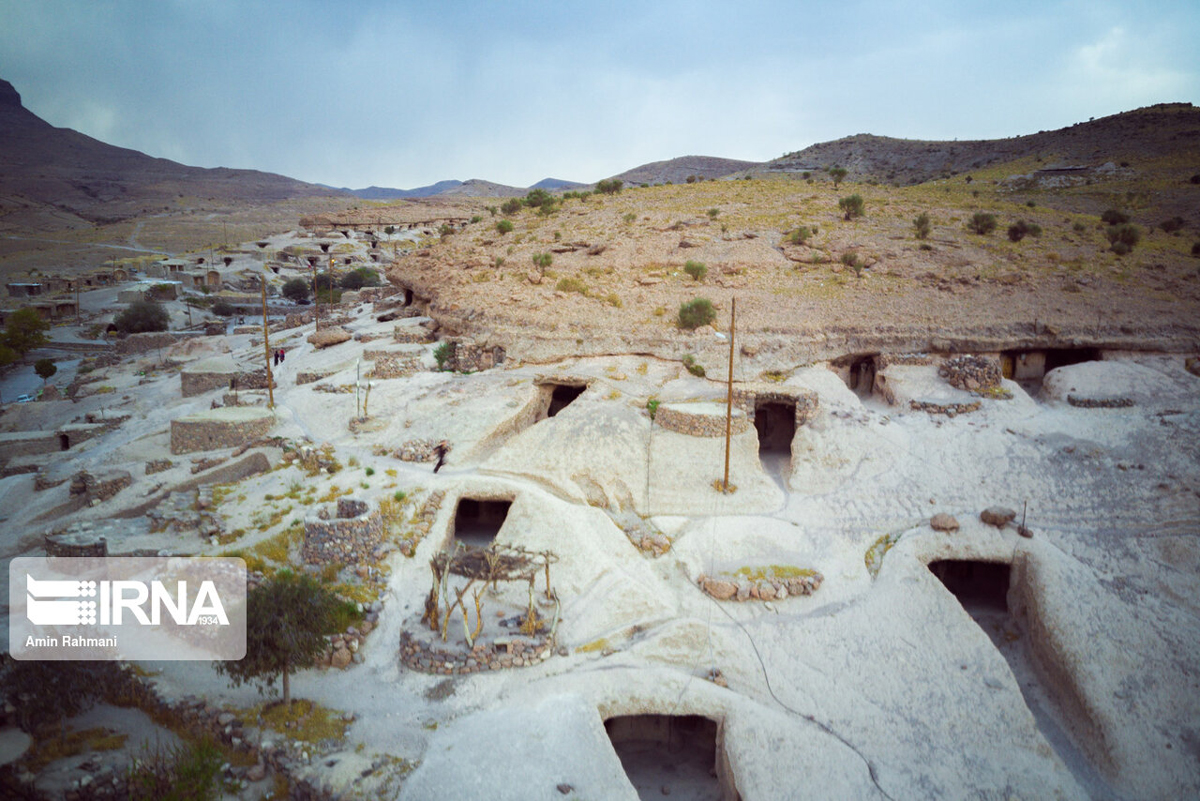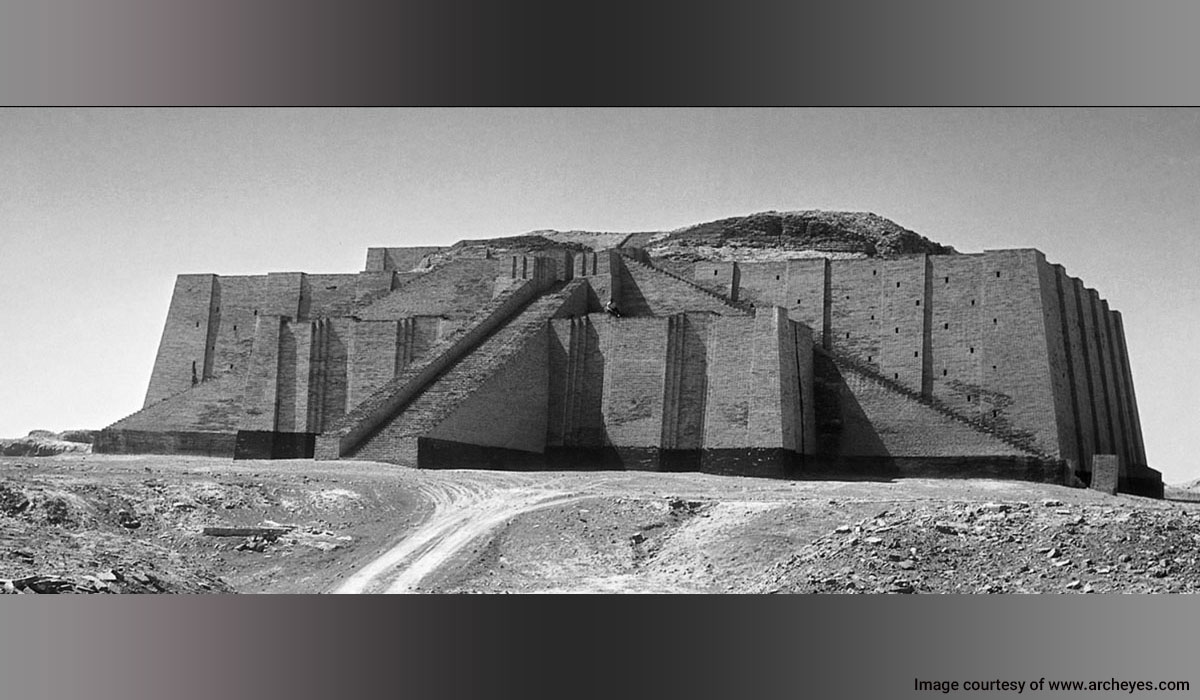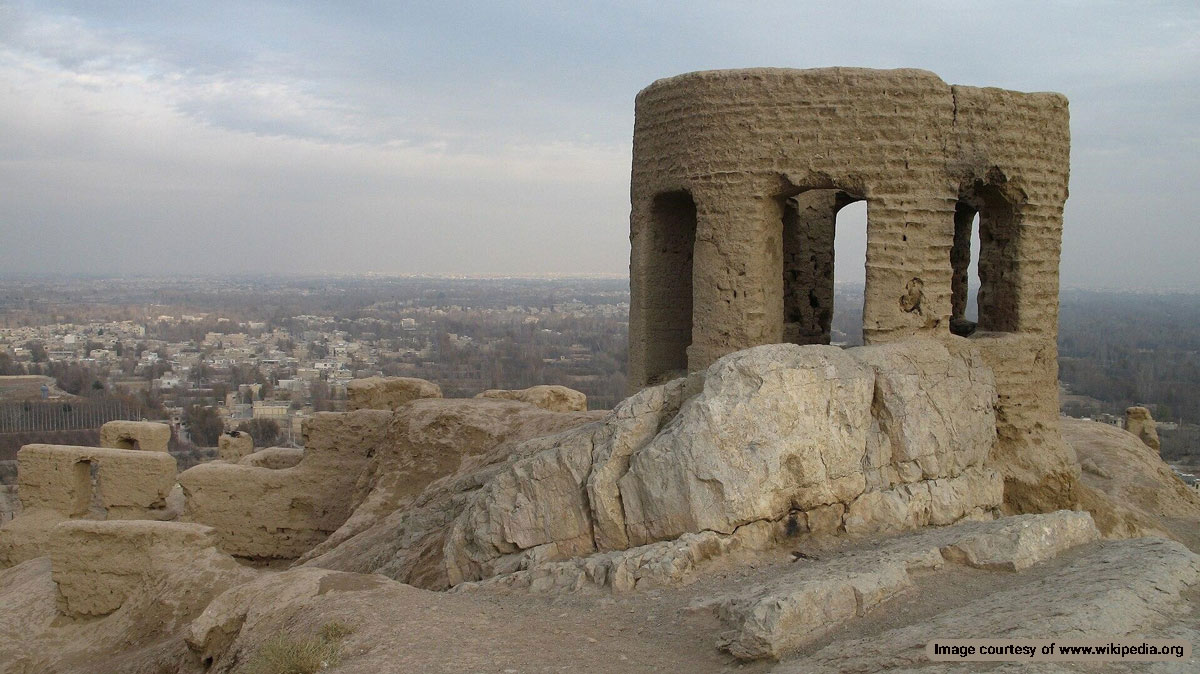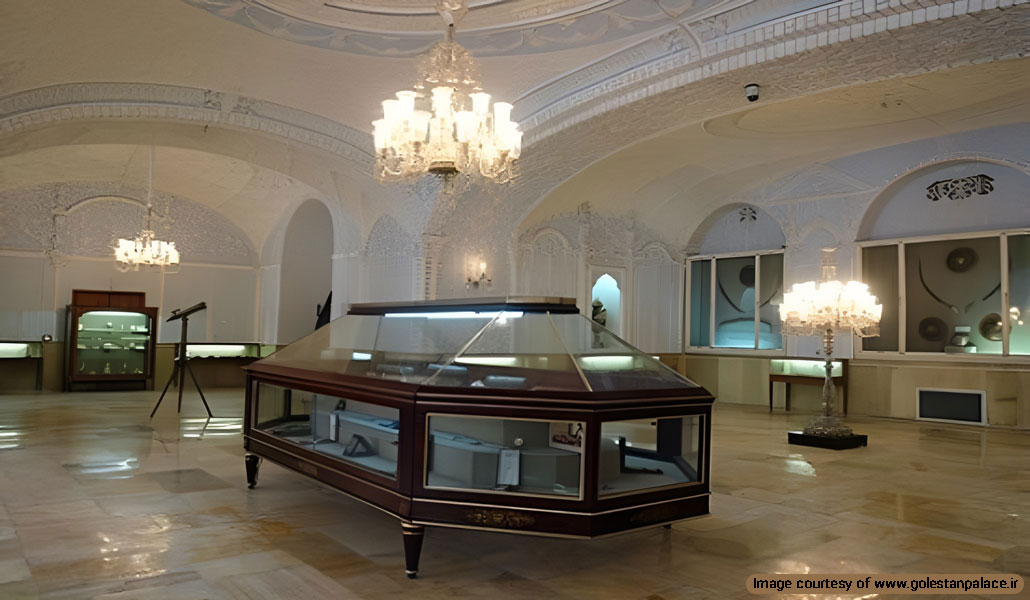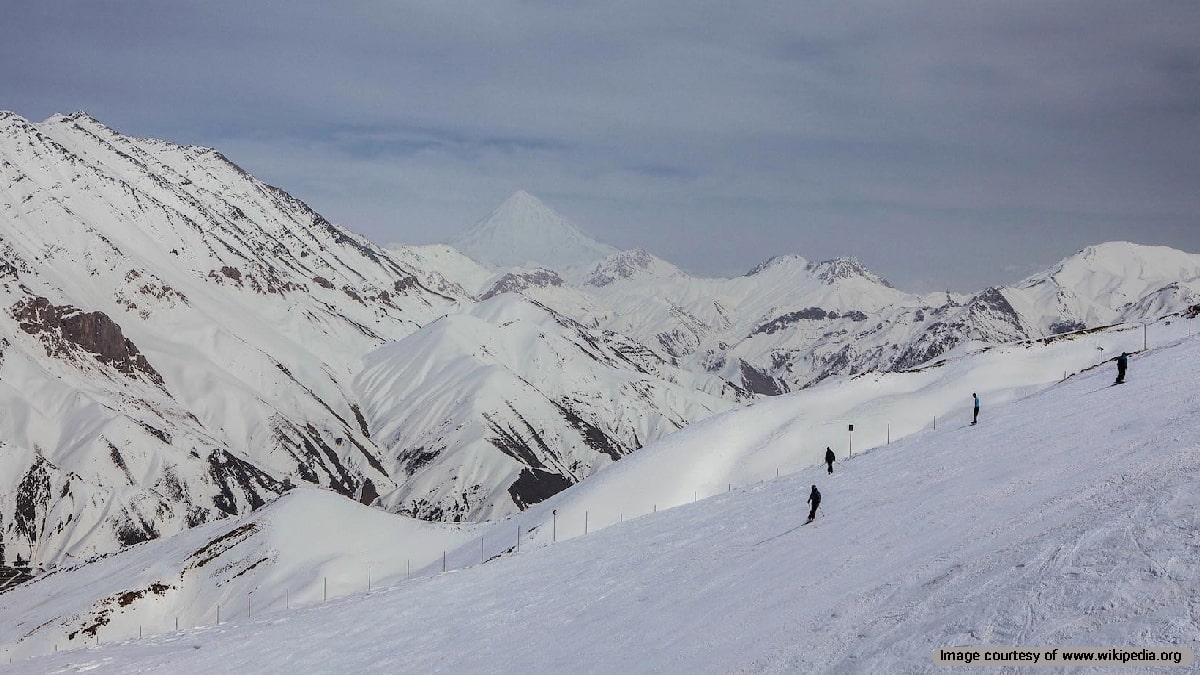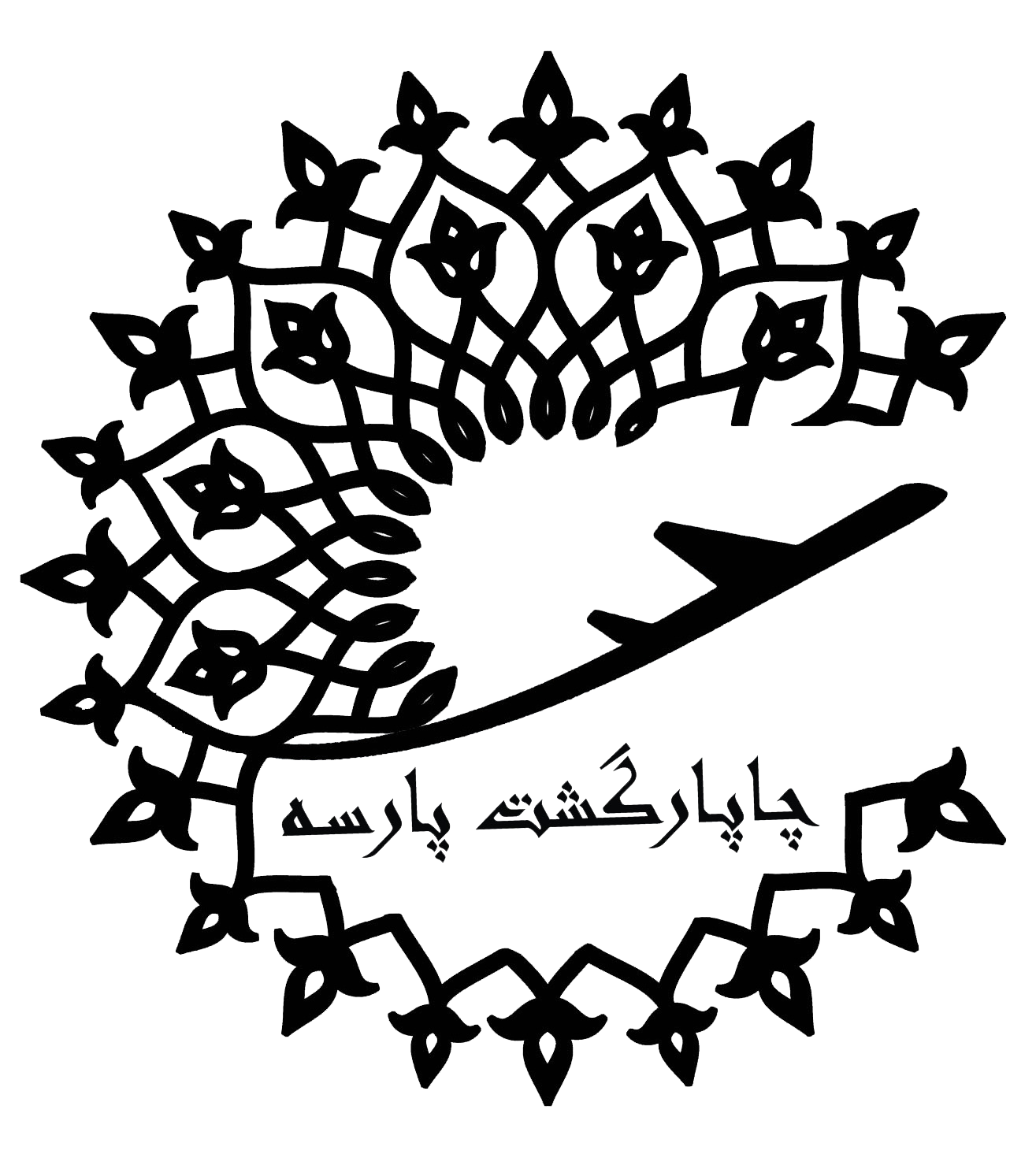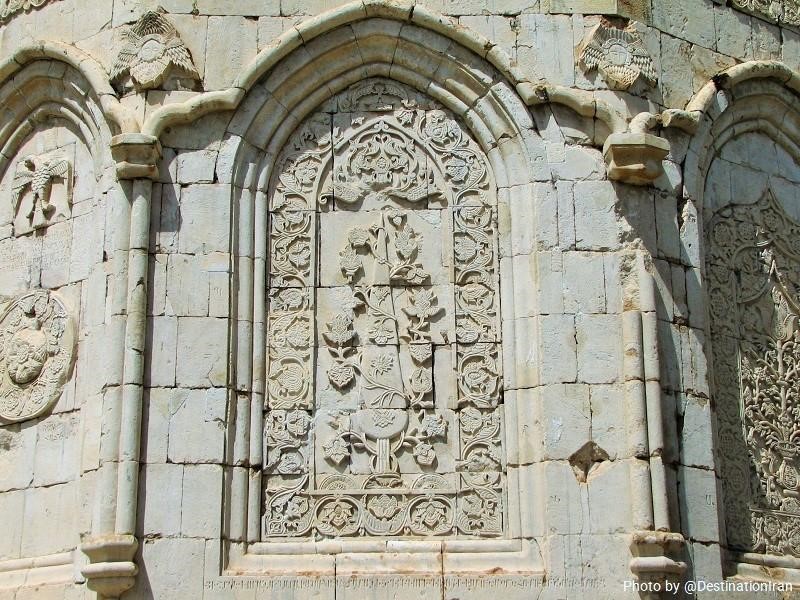
Armenian monastic ensembles of Iran are a collection of Iranian tangible cultural heritage sites dedicated to the Armenian Christian faith, and they have been inscribed as UNESCO World Heritage Sites. This collection includes three churches in the northwest of Iran: the St Thaddeus Cathedral (Kara Kilise meaning the Black Church), the Monastery of Saint Stepanos, and the Chapel of Dzordzo. The construction of these buildings took place between the 7th and 14th centuries AD.
The buildings of all three churches feature magnificent architecture and are among the top sights in northwest Iran. These buildings have been renovated in different periods. Every year, many Armenian Christians from across the world come to Iran to visit these churches.
More About the Armenian Monastic Ensembles of Iran
Here we will examine each of these buildings in detail to give you a better understanding of their history, architecture, and cultural importance.
Monastery of Saint Thaddeus, Kara Kilise (The Black Church)
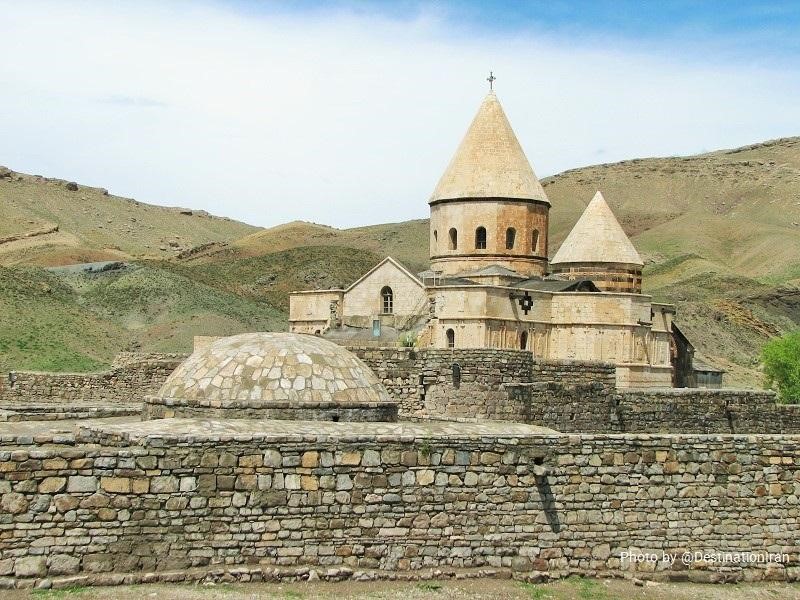
Kara Kilise or St Thaddeus Monastery, also called the Qara Kilisa, is one of the Armenian monastic ensembles of Iran, located in Chaldiran City in West Azerbaijan province. The building of this monastery was built in the tomb of Saint Thaddeus, one of the apostles of Jesus Christ. After Jude Thaddeus, the patron saint of hopeless cases, was buried in this place, a monastery was built over his grave, which later became a magnificent church. The second name of this building is Kara, which means large and spacious in Azeri language. Over time, Kara has become Qara which means black.
The building of this church has two parts:
- The older part on the east side, made with black stones built during the Parthian or Sassanid era
- The newer section with white marble stones
The Mongol invaders demolished a large part of this historical monument of the collection of Armenian monastic ensembles in Iran. But Khawaja Nasir al-Din al-Tusi, Bahr-ul Uloom (polymath), an Iranian scientist, philosopher, architect, physician, and religious scholar, rebuilt it during the reign of Hulegu Khan, the Mongol ruler.
This Iranian UNESCO World Heritage site is the first cathedral in the Christian world.
Monastery of St Thaddeus Architecture and Design
As one of the prominent Armenian monastic sites in Iran, the Qara Church has a unique architecture. Unlike other coeval churches, which have a square plan, this church is built in a rectangular shape. The church, which is located in the mountainous region of Chaldiran, is built on a hill.
The strong enclosure walls of the church and its type of architecture show that it had defensive functions and was used as a fortress. There are also five watchtowers around the church perimeter.
Thaddeus Cathedral has a total of 47 rooms that belonged to monks, religious students, and writers. Several tombstones and an old pool can be seen in the churchyard.
Pilgrimage Practice for Kara Kilise
Every year from late June to early August, at the same time as the anniversary of the martyrdom of Saint Thaddeus, Armenian Christians from all over the world gather in the church. In their visit to the tomb of Saint Thaddeus, they hold mass and make ritual sacrifices in this place.
Monastery of Saint Stepanos
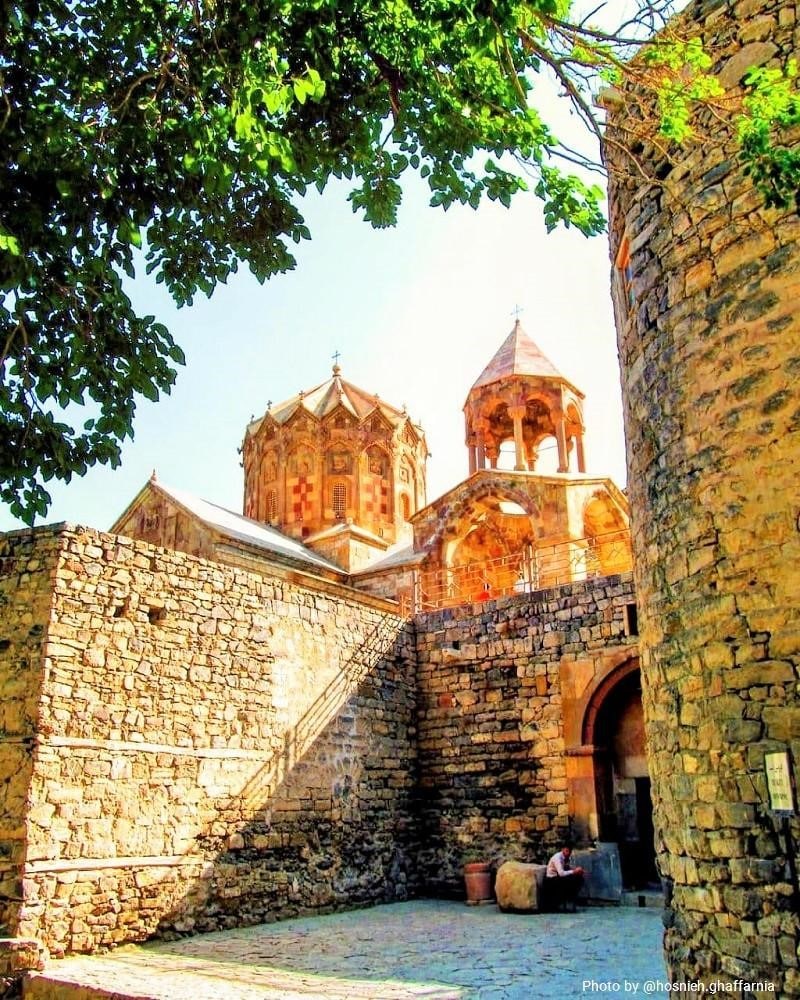
This is another historical monument from the Armenian monastic ensembles of Iran and it is considered the second most important Armenian church in Iran after Kara Church. This building is named after Stepanos or Stephen. He was the first Christian martyr who was stoned by Jews in Jerusalem.
There are several churches with this name around the world. On the other hand, this historical building is also called the ruined church due to the substantial damage caused to it. The architectural style of this church is a combination of other styles, Urarto, Parthian, and Roman architecture.
After this style was used in the construction of several churches, it became known as the “Armenian style”. The first church built on this site was established during the Parthian era in 62 AD by Bartholomew the Apostle, but the first monastery was built in the 7th century. During the 10th century AD, the monastery was expanded and remained an Armenian religious school until it was heavily damaged during the Seljuk-Byzantine war. After a peace agreement between the Ilkhanate dynasty and Armenians in the 13th century, the church was rebuilt. Despite numerous periods of destruction and abandonment, the building was restored several times through Safavid and Qajar rule. The monastery was renovated several times during the 20th century.
Architecture of Saint Stepanos Monastery
Saint Stepanos Monastery is located on a green plain. The church is surrounded by stone enclosure walls and seven watch towers, which are similar to Sassanid fortresses. The gate of the church enclosure is a large wooden door with ironwork decorations. The building consists of three main sections: the bell tower, the prayer hall, and Ojagh-e Danial, a hall dedicated to Daniel the Stylite.
The entrance of the prayer hall is decorated with wood marquetry, which is one of the exquisite decorations from the Qajar period, i.e. the 19th century. The architect of this building has decorated the facade of the false arch with reliefs of apostles, angels, and saints. Undoubtedly, these carvings, false arches, semi-columns, and Muqarnas work (Mocárabe) are architectural masterpieces.
A pyramid shell is placed on the 16-sided Hexadecagon structure of this building. Its interior is in the basilica style, which includes three parts: the porch, the prayer hall, and the altar. The bell tower is located inside an octagonal dome and on a two-story porch connected to the south wall of the church. Inside the tower and in the lower part of this dome, there are beautiful and stunning decorations. The interior walls are decorated with paintings such as eye-catching images of the Holy Mary and baby Jesus.
The corridor named Ojagh-e Danial (Daniel’s oven) is also connected to the north wall of the church. Daniel the Stylite is one of the saints of the fifth century AD. This area has a high platform with a stone table for baptism. When the crowd exceeds the capacity of the main prayer hall, this hall is used for holding religious ceremonies and baptisms.
Next to this building, there is a 900-year-old monastery that was used to accommodate pilgrims and passing travelers.
Archeological Discoveries in Saint Stepanos Monastery
The experts of Iran’s Cultural Heritage Organization started the restoration project of this building in 2005. Between the two arches, they found bones that probably belonged to the apostles and Christian saints. According to the Armenian Archbishop of Tehran, these bones may belong to the body of “Saint John the Baptist” (son of prophet Zechariah).
Today, the inscriptions and historical artifacts obtained from the church are displayed in a museum. In another part of the museum, other Armenian monastic artifacts and churches are introduced with replicas and pictures.
Chapel of Dzordzo, a Relocated Church
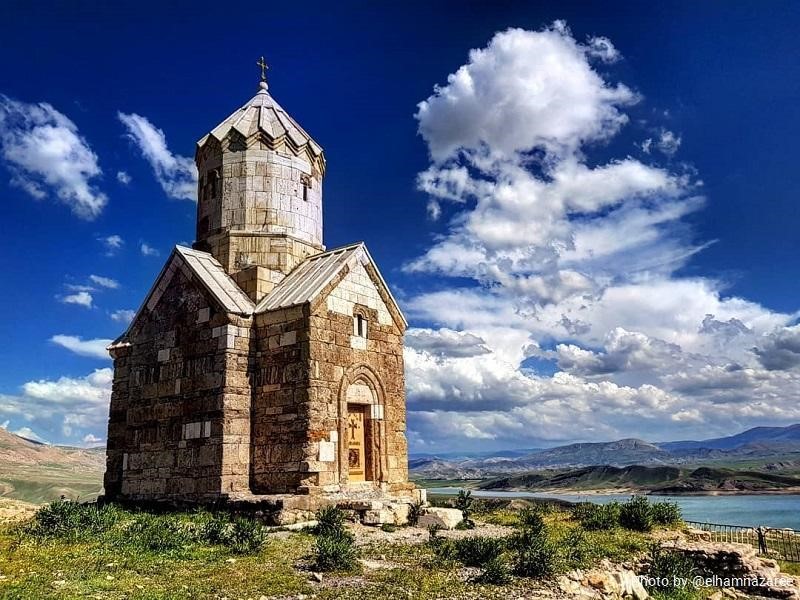
This monument was built by Zacharia, the archbishop of St. Thaddeus Church. This church was built in Maku county, located in West Azerbaijan province, is the last historical monument of the list of Armenian monastic ensembles of Iran. The construction date of this church dates back to around 1315 to 1324 AD.
At first, Bishop Hooman Yerzangasi took over the administration of the church and the teaching of religious teachings. He chose the name “Dzordzor” for himself, which makes the church also known as Dzordzor chapel. During his tenure, the church was very prosperous, but after his departure, it lost its popularity. After the conflicts between Iran and the Ottoman government during the Safavid era, this church was completely abandoned.
The Architecture of Chapel of Dzordzor
This church is a cruciform stone room built with carved stones in different volumes with false columns and three pointed arches. In terms of architecture, like most Iranian churches, it follows the Armenian style of architecture.
In 2987, the construction of the “Baroon” reservoir dam in the Maku plain began, which put the church at risk of destruction and flooding. With the cooperation of engineers from Iran and Armenia, all building stones were marked numerically and moved to a suitable site nearby. The new location was about 600 meters away from the previous location.
Armenian Monastic Ensembles of Iran, Cultural and Religious Legacy of Coexistence
The three churches introduced here are famous and respected buildings among the Christians around the world. Every year at the end of June, in these churches, especially in Kara Church, Armenian christians hold a special ceremony, where the ambassadors of Christian countries are invited. Additionally, many Armenians from around the world participate in these events. It is also possible for all Iranians and international enthusiasts to participate in these rituals.
Frequently Asked Questions About Iranian Armenian Monastic Ensembles
If you did not find the answer to your question here, leave us a comment in the comment section below this post and ask your question. We will answer it as soon as possible.
Where is the location of Armenian monastic works in Iran?
The Armenian monastic works of Iran are located in the northwest of the country:
- St Thaddeus Church in Chaldiran (West Azerbaijan)
- St. Stephen Monastery (East Azerbaijan)
- Dzordzor Chapel in Maku (West Azerbaijan)
- The best time to visit these buildings is in August when a special ceremony is held in Thaddeus Church for three days.
What period does the Armenian monastic ensembles of Iran date back to?
The exact date of construction for the three churches is unknown, but two of them are believed to have been built in the Parthian era. But according to available evidence, the current structures were made in the 7th to 14th centuries AD. Of course, they have been renovated many times throughout history.
Which is the oldest church in Iran?
The church of “Saint Thaddeus” or “Kara Kilise” is the oldest church not only in Iran but also in the world. This church is the most important Armenian church where a special ceremony is held every year.
What was the story of discovered bone remains in Stepanos Church?
In 2005, during the restoration of the Stepanos Church, the remains of bones were discovered between the two arches of this church. This discovery was proof of a historical narrative about safeguarding the bones of the apostles and saints in this building. Along with the bones, other objects were also discovered, such as pieces of timber for storing these bones, pieces of yellow and salmon colored cloth, pieces of wax, ocher clay, and frankincense seeds.



